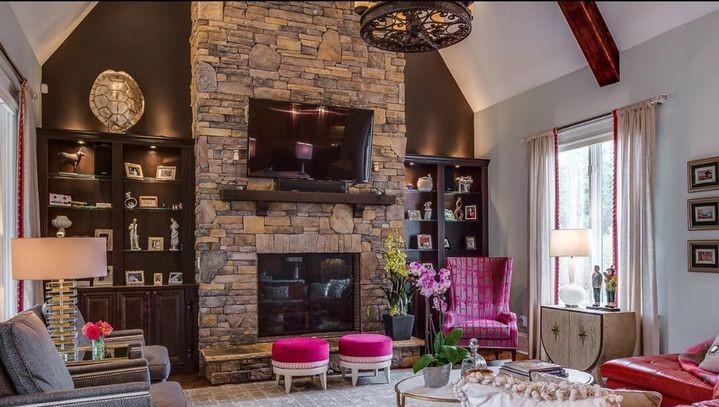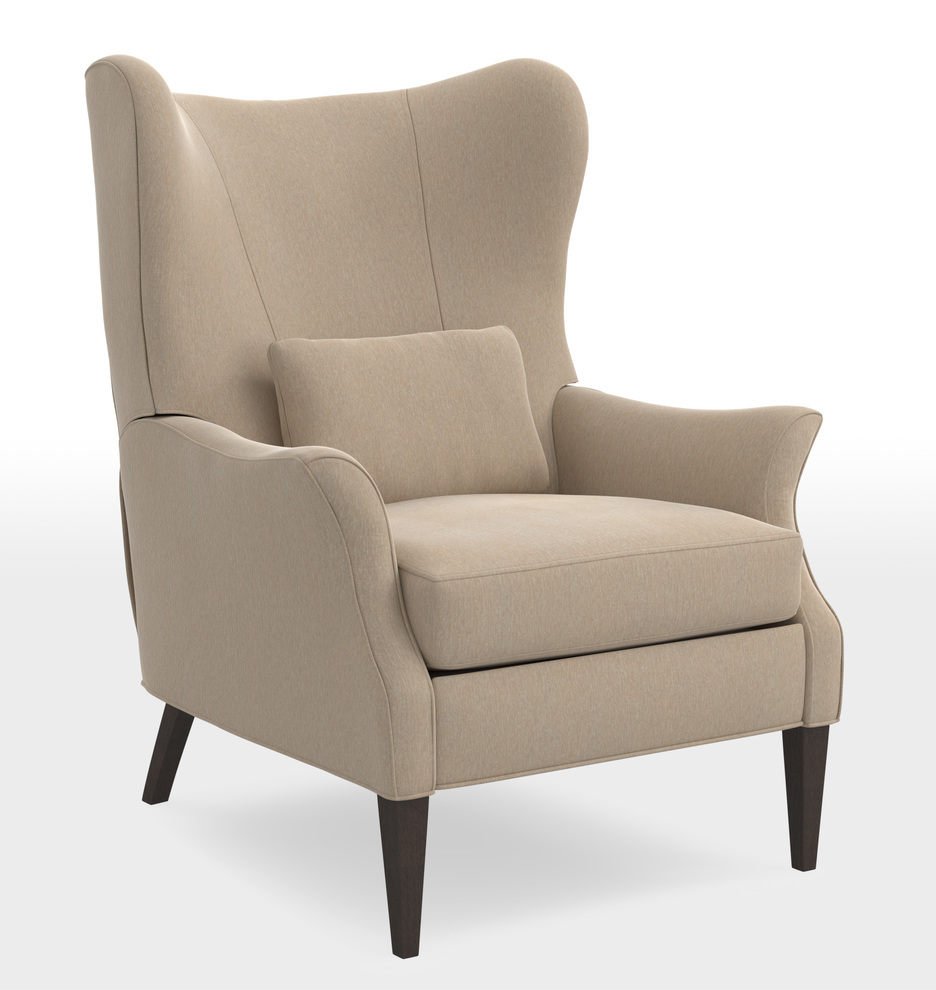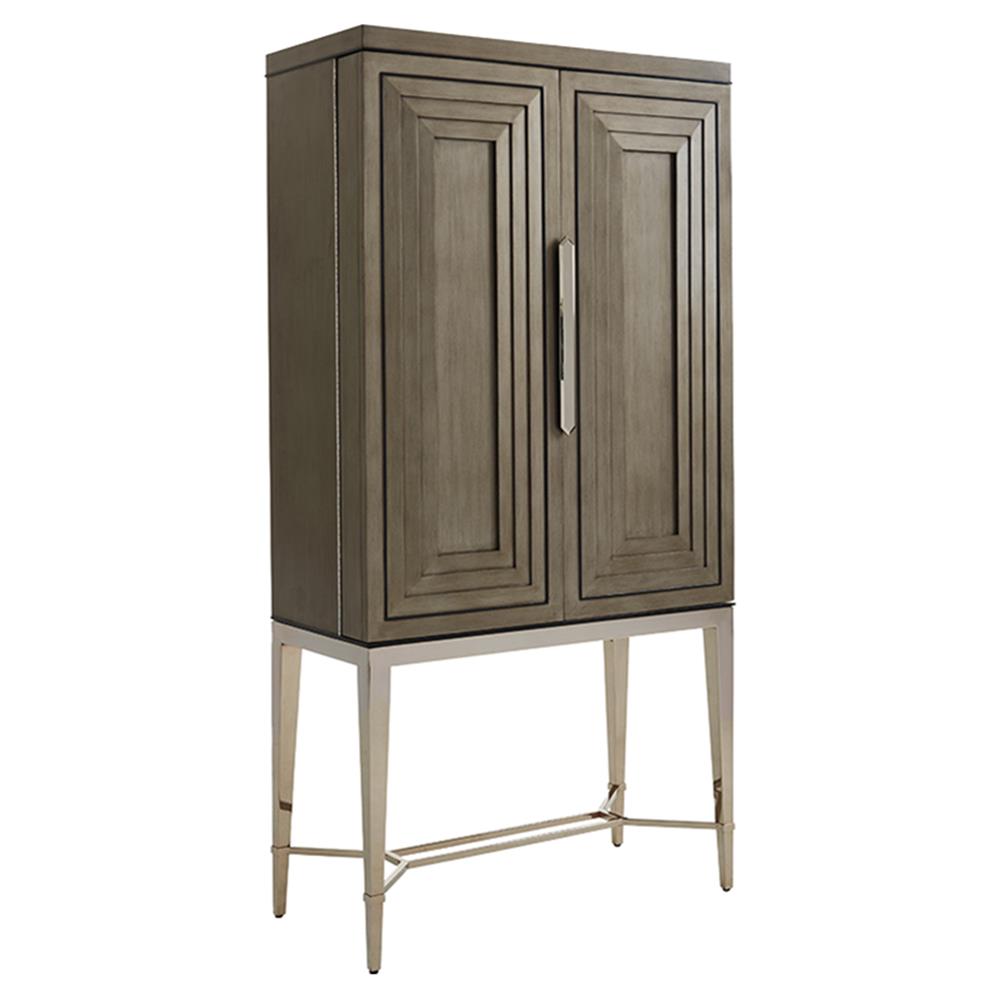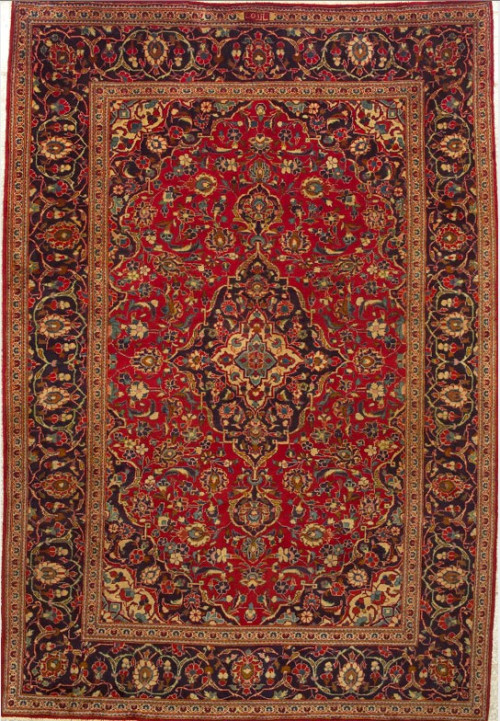Today I read an article that discussed various home decorating trends that interior designers wished would die. It’s a common trope, easy clickbait and, usually, not particularly helpful.
One of the trends mentioned on that list has been around for many, many years. I am not sure it qualifies as a “trend” anymore. The “accent wall” or “feature wall” is a wall painted or covered in a manner unlike the other walls in a room, so that it stands out visually.
One of the famous interior designers the magazine interviewed cited the accent wall as a trend that needs to go away, and she had a reasoned explanation. In her mind, the accent wall stands out in a way that disrupts the harmony and balance of a room. I agree that it often shouts at you like a singer in a chorus who is intent on standing out when she should be blending in.
Yet a good accent wall can exist in harmony with the rest of the room. If you’re thinking of creating one, I suggest you start by asking yourself why. Sometimes accent walls are just the result of overenthusiastic decorating. Sometimes the homeowner is color-shy but wants to dip a toe into color by painting just one wall. (That rarely works out.) Sometimes interior designers and color consultants feel that they are not justifying their fees if they do not show off an unnecessarily complicated paint schedule.
Here are a few examples of good accent walls.
The first four images build a feature wall around a focal point, the fireplace. The contrasting color frames the feature rather than competing with anything else. It covers just a small area worth highlighting.
In the first example, the feature is the fireplace and the accent is created with stone, while the adjacent deep brown paint recedes.
In the bedroom example, the wallpaper isn’t jarring. It is almost the same color as the adjacent wall and adds some soft visual interest behind the focal point of the bed. The curves of the pattern are echoed in the headboard.
Source: Brewster Wallcoverings
If you have a niche or other architectural feature worth highlighting, consider accenting it with wallpaper or a contrasting paint color, as above. Note that this accent is on the wall behind the bed, which is almost always going to be your focal point in a bedroom.
Is the accent wall going to distract the eye or make the room feel unbalanced? Or accentuate natural focal points like a fireplace or bed?
And finally, be wary of blanket dismissals— or endorsements—of anything design related, be they called trendy or timeless. It’s more important to understand what you want to accomplish in your design. If a strategy helps you accomplish that objective, it is simply a helpful design tool.


































































